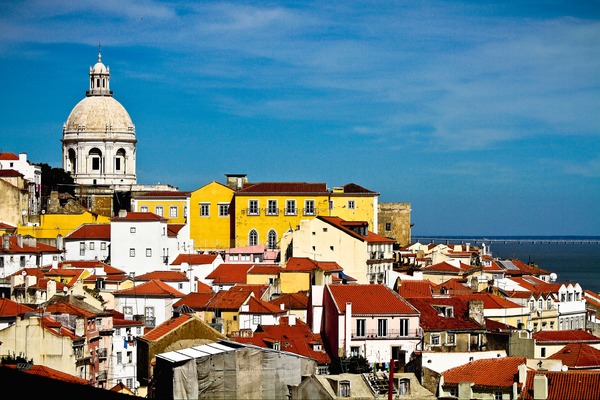The 7 ethical tourism tips you need to know to sell Tobago
 TTG Staff
TTG StaffSupporting local communities is easy in Tobago, renowned as a pioneer of ethical island tourism. Justin Francis from responsibletravel.com, provides tips to share with your clients to help them see the real Caribbean
Tiny Tobago has shunned glossy high-rise resorts and standard polished development in favour of gingerbread-esque houses, natural tropical gardens and traditional home-cooked food. And if you look out to the sea, the sunset won’t be blocked by huge cruise ships but you will see small fishing boats bobbing quietly on the water. Happily, 70p out of every tourist pound spent in Tobago stays on the island – almost five times as much as on other Caribbean islands.
1 Don’t be a beach slob
Make sure your clients know that there is much more to do in Tobago than simply sit on the beach. Waterfall treks, snorkelling and diving, cycling, music, dance and horse-riding are just a handful of the activities available – all run by local people that were born and raised on the island, keen to share their stories.
2 Responsible turtle watching
Sea turtles nest and hatch on the beaches from March to September, with peak nesting times for endangered leatherback turtles from April to June. Remember that to watch turtles nesting in Tobago, your clients will need a permit and a guide. It is recommended they give the turtles plenty of space, wear dark clothing and don’t use their camera flash to ensure disturbance is kept to a minimum. SOS Tobago, an NGO dedicated to the protection of sea turtles on the island, can recommend responsible guides.
3 Speyside is the best side
The majority of tourists stay in the south-west of the island near the airport, and by doing so they miss out on some of Tobago’s best kept secrets. Consider including Speyside, located in the north-east, in your clients’ itineraries. This is home to most of the island’s natural history and some of the healthiest and most pristine flora, fauna and coral reefs.
4 Shun feathers and coral
Remind your clients to avoid buying souvenirs made from turtle shell, feathers, coral or any other product, which may have been sourced from endangered species. Tobago’s fabulous food and drink offer tasty alternatives, including bottles of local spirit Angostura Bitters, local rum or cocoa balls spiced with nutmeg and bay leaves, which can be grated to make hot chocolate.
5 Party with the people
Tobago’s vivacity lies in its people, so encourage your clients to discover local festivals such as the weekly “Sunday School” in Buccoo or the annual Heritage Festival in July and August, which parades its way around the island, with each village showcasing its own cultural highlight.
6 Be their guest
Consider booking your clients into locally owned guest houses and for a taste of the real Caribbean suggest they eat locally too. Delicious Creole cuisine has African and Indian roots, blended with native Caribbean ingredients. For a really authentic meal, suggest your clients try island dish “crab and dumpling” or discover the food stalls at the Store Bay Beach Facility. But advise clients to avoid any bushmeat (agouti, wild hog, armadillo, etc) as this will have been illegally poached.
7 Seasonal weather
Although Tobago enjoys warm temperatures all year round, be aware of the variation in the weather throughout the year so as to best suit your clients’ needs. If they’re looking for watersports such as sailing and wind surfing, there is a constant breeze around the island from December to May. From June to August, the waters tend to be calmer, making this the prime time for diving trips. The rainy season, from June to November, brings brief downpours but this is a great time for photography enthusiasts as the landscapes erupt with colourful tropical flowers.
Sign up for weekday travel news and analysis straight to your inbox

TTG Staff
Supplier Directory
Find contacts for 260+ travel suppliers. Type name, company or destination.














